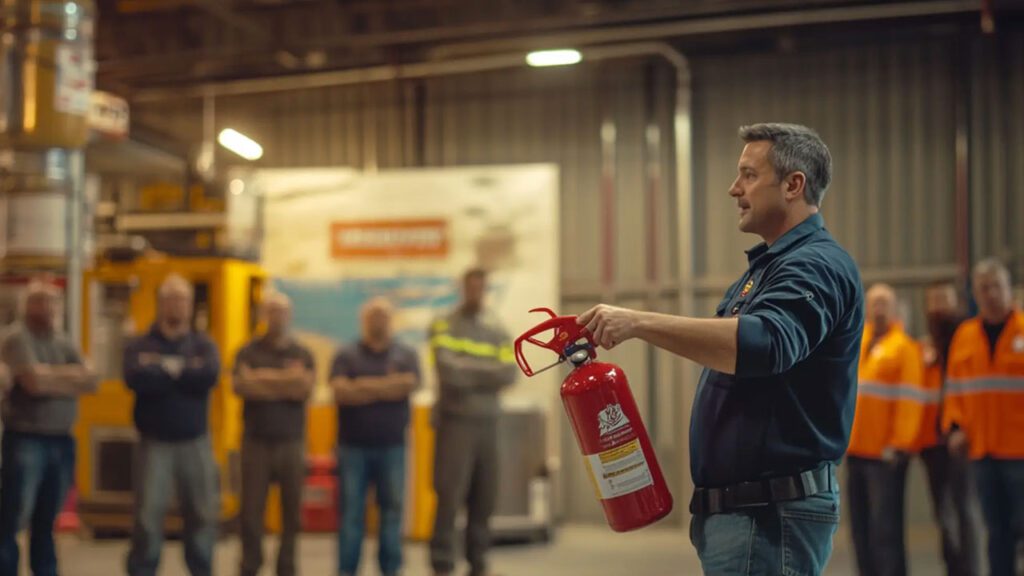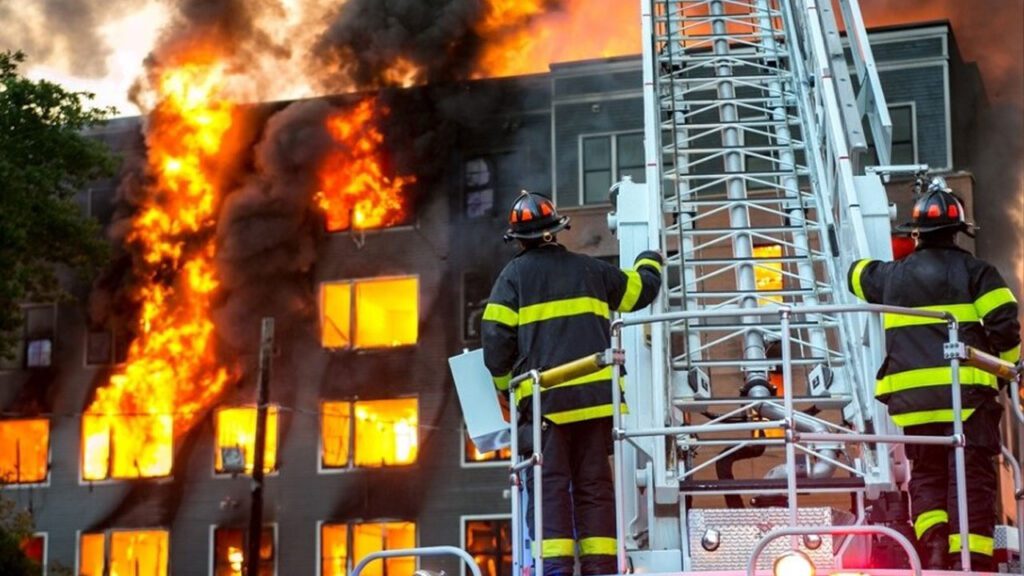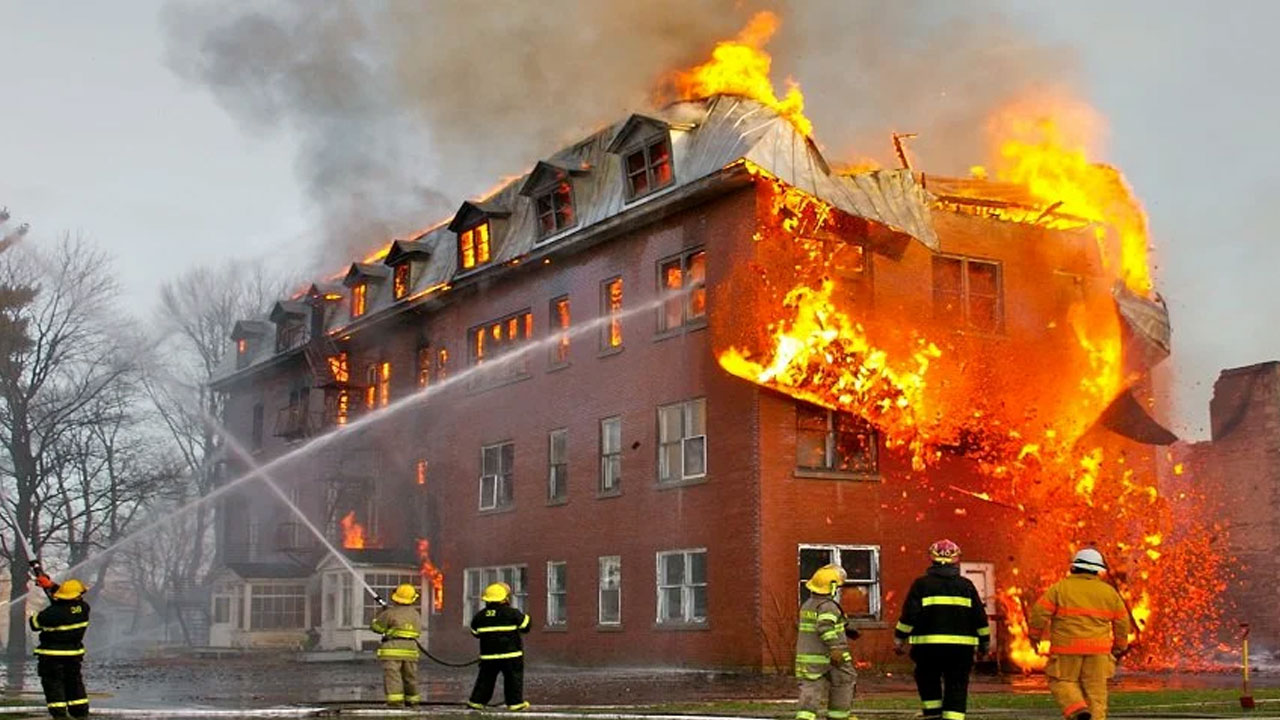Because of their size and design, multi-story buildings can be challenging to ensure fire safety. Elevator shafts and staircases can act as corridors, allowing smoke and flames to spread throughout the entire building. Additionally, individuals who live on the highest floors may soon find themselves trapped.
Following the tragic tower building fire, which exposed structural flaws, multi-story standards have also undergone modifications in recent years. Even though these changes have made individuals safer, certain authorities could have had to catch up due to their rapid pace.
You can get the information you need from this guide to maintain compliance and ensure public safety. It breaks down the key regulations and recommended procedures for multi-storey buildings’ fire safety.
Key Takeaways
- Because of their height and specific risks associated with fire, multi-story buildings are subject to stricter fire safety regulations.
- Multi-story building fire safety is currently governed by new rules, such as the Building Safety Act and the Fire Safety Regulations.
- Limiting the spread of fire in multi-storey buildings requires effective fire prevention techniques such as compartmentation, fire doors, and fire stopping.
- In order to ensure that occupants may safely leave the building in the event of an emergency, safe evacuation procedures and reliable alarm systems are essential.
- Because of their height and complex construction, multi-storey buildings provide special fire safety problems, especially luxury apartments and high-end office spaces. To properly control the risks involved and adhere to regulatory standards, these challenges demand specialized approaches and strict safety protocols.
Understanding the Risks
Specific risks associated with fire, such as rapid fire spread and challenging evacuations, are unique to multi-story buildings. Proactively addressing these issues is essential to effective fire safety measures.
Compliance with Regulations
The Regulatory Reform (Fire Safety) governs multi-story building fire safety. Key requirements and updates include:
Fire Risk Assessment
To identify hazards, review current safety measures, external walls, and fire doors, and implement necessary modifications, implement comprehensive fire risk assessments on a regular basis.
Fire Safety Management Plan
Develop and maintain a comprehensive fire safety management strategy including staff training, emergency lighting, alarm systems, evacuation plans, and fire detection. Regular fire drills are crucial for preparedness.
Best Practices for Fire Safety

Advanced Fire Detection Systems
Advanced fire alarm systems are necessary for multi-story buildings. It is crucial to have strong alarms, such as integrated alarm systems, heat sensors, and smoke detectors. To make sure these fire protection systems function correctly in an emergency, they should be tested and maintained on a regular basis.
Compartmentalization and Fire Resistance
Make sure your building is constructed with fire-resistant materials and has fire-resistant doors, floors, and walls for efficient compartmentalization. By limiting the fire and smoke, more time is available for evacuation and response. In this instance, routine inspections are essential.
Schedule a fire door inspection. Fire doors are essential for preventing fatalities and protecting buildings and their contents.
Sprinkler Systems
Both the office and residential areas of the building should have automatic sprinkler systems installed for fire safety. To ensure functionality in an emergency, routine testing and maintenance are essential.
Fire Evacuation Systems
New regulations have been approved in response to the unfortunate events of fire in multi-storey buildings. This means that it is mandatory that all new multi-storey buildings should have a separate fire evacuation system installed for the use of fire departments only.
To enable the fire department to evacuate single floors at the touch of a switch via a sounder in each apartment, these systems must be installed alongside the main fire control equipment in a designated tamperproof enclosure. To minimize the inconvenience to owners and tenants during repair procedures, implement monitored systems.
Safe Escape Routes
Make sure escape routes have emergency lighting, are well marked, and are clear. To keep these routes accessible and functional, regular maintenance and inspections are required.
Fire Safety and Elevators
For firefighters to operate elevators safely, they should have a fire service mode. Test elevators regularly to make sure they are safe and functional in an emergency.
Staff Training and Awareness
Physical measures are only one aspect of effective fire safety. Provide extensive training on emergency protocols, fire safety equipment, and evacuation techniques to all building staff, including maintenance and security staff.
Multi-storey building fire safety requires careful planning and implementation. Owners and managers of buildings should abide by these rules in order to substantially mitigate the risks involved, protect their investment, and improve everyone’s safety.
Fire Safety in Multi-storey Buildings

Because multi-storey buildings have unique fire safety challenges, they require strong fire prevention and control approaches.
Fire can spread quickly through external cladding, elevator shafts, and stairwells. The size and population of a typical multi-storey building make evacuations challenging to manage as well.
Regulations prioritize safe evacuations and preventing the spread of fires to protect people.
Fire Prevention
One of the most important components of multi-storey buildings fire safety is fire prevention. The aim is to reduce the likelihood that a fire will start and, in the event that it occurs, slow down its progress.
Regulations require that building design, construction, and occupancy incorporate fire prevention measures.
10 Fire Prevention Measures to Minimize the Fire Risk
1. Waste and trash are appropriately disposed of in recycling and trash cans rather than heaped up everywhere, particularly around doorways.
2. Extension cables should be grounded and of industrial quality as they are not used permanently.
3. Every power strip has an integrated circuit breaker and is UL approved.
4. Containers and cigarette butts are kept away from flammable things, shrubbery, and buildings.
5. According to specifications, combustible materials and liquids are kept securely in cabinets that have been approved.
6. Electrical appliances are protected by regulations; if no one is there, nothing hot is on.
7. There is nothing hanging from the sprinkler heads or fire sprinkler pipes.
8. Fire protection equipment is the only thing present in fire pump rooms and riser rooms.
9. Every item of stock, merchandise, and supplies is at least three feet away from ductwork and heating devices.
10.There are no missing fire extinguishers; all are correctly charged, undamaged, and easily accessible.
Final Word
Comprehensive fire safety protocols that take into account the unique challenges presented by multi-storey buildings’ height, design, and population density are necessary to ensure the safety of its occupants. Stricter rules have been brought about by the tragic events of past fires; nonetheless, these safety measures must be consistently enforced and reviewed on a regular basis to keep up with evolving risks.
Building owners and managers can significantly mitigate the risk of fire by following fire safety rules and implementing best practices. Clear evacuation routes, sprinkler systems, compartmentalization, the installation of advanced fire detection systems, and routine fire risk assessments are crucial strategies.
Contact Atasee Fire Industries Private Limited
Atasee Fire Industries Private Limited is committed to producing an unparalleled line of fire safety equipment. Products include fire extinguishers, outlet landing valves, fire brigade connections, and much more. Furthermore, the product line has received recognition for attributes like strong construction, long lifespan, ease of use, and affordability.
- Website: www.ataseefire.com
- Email Address: ataseefireindutries@gmail.com
- Phone Number: +91 94172 77276
- Address: Jawaharpur, Derabassi, Mohali (Punjab)


